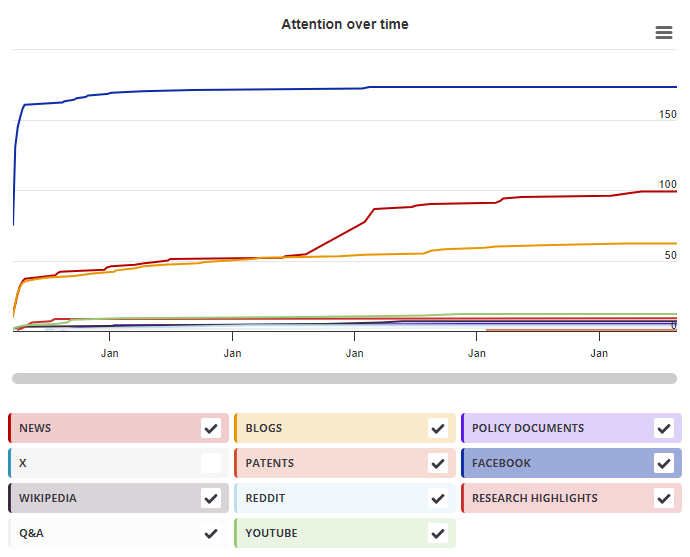In the Gambling Disorder (GD), there is no exogenous drug administration that acts as the central core of the traditional meaning of addiction. A specific psychopathology of Substance Use Disorders has been proposed recently. In a sample of Heroin Use Disorder (HUD) patients entering opioid agonist treatment, it became possible to identify a group of 5 mutually exclusive psychiatric dimensions: Worthlessness-Being trapped (W-BT), Somatic Symptoms (SS), Sensitivity-Psychoticism (SP), Panic Anxiety (PA) and Violence-Suicide (VS). The specificity of these dimensions was suggested by the absence of their correlations with treatment choice, active substance use, psychiatric comorbidity and the principal substance of abuse and by the opportunity, through their use, of fully discriminating HUD from Major Depression patients and, partially, from obese non-psychiatric patients. To further support this specificity in the present study, we tested the feasibility of discriminating HUD patients from those affected by a non-substance-related addictive behaviour, such as GD. In this way, we also investigated the psychopathological peculiarities of GD patients.
We compared the severity and frequency of each of the five aspects found by us, in 972 (83.5% males; mean age 30.12 ± 6.6) HUD and 110 (50% males; average age 30.12 ± 6.6) GD patients at univariate (T test; Chi square) and multivariate (discriminant analysis and logistic regression) level.
HUD patients showed higher general psychopathology indexes than GD patients. The severity of all five psychopathological dimensions was significantly greater in HUD patients. Discriminant analysis revealed that SS and VS severity were able to discriminate between HUD (higher severity) and GD patients (lower severity), whereas PA and SP could not. W-BT severity was negatively correlated with SS and VS; GD patients were distinguished by low scores for SS and VS low scores associated with high ones for W-BT. Psychopathological subtypes characterized by SS and VS symptomatology were better represented in HUD patients, whereas PA symptomatology was more frequent in GD individuals. No differences were observed regarding the W-BT and SP dimensions. At multivariate level, the one prominent characteristic of HUD patients was the presence of SS (OR = 5.43) as a prominent qualification for psychopathological status.
Apart from the lower severity of all psychopathological dimensions, only the lower frequency of SS typology seems to be the prominent factor in GD patients. The SCL90-defined structure of opioid addiction seems to be useful even in non-substance-related addictive disorders, as in the case of GD patients, further supporting the possible existence of a psychopathology specific to addiction.
